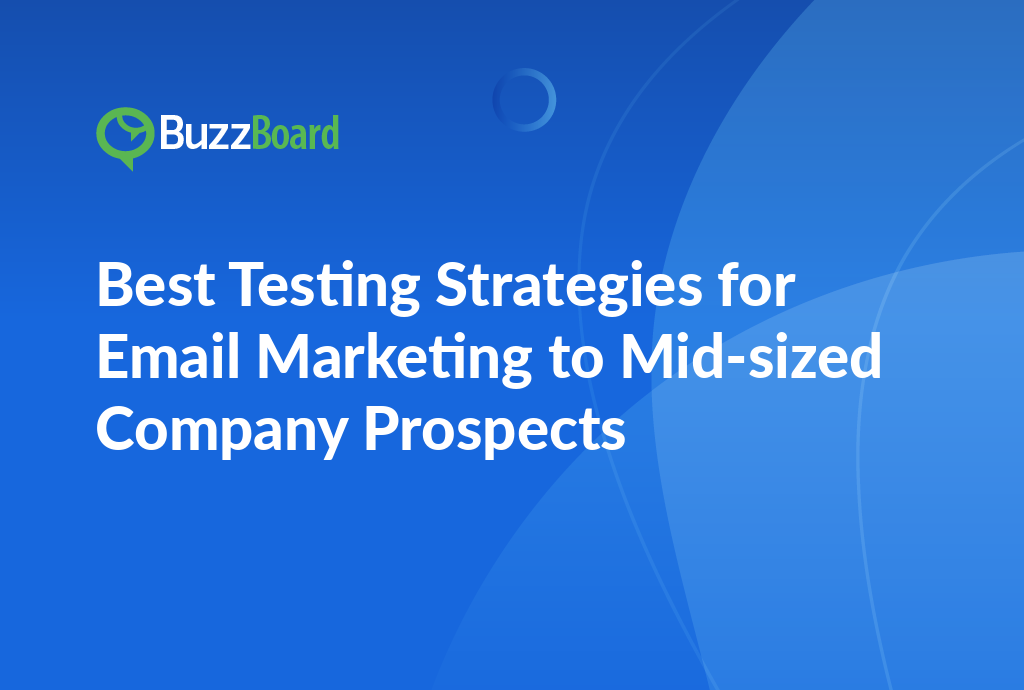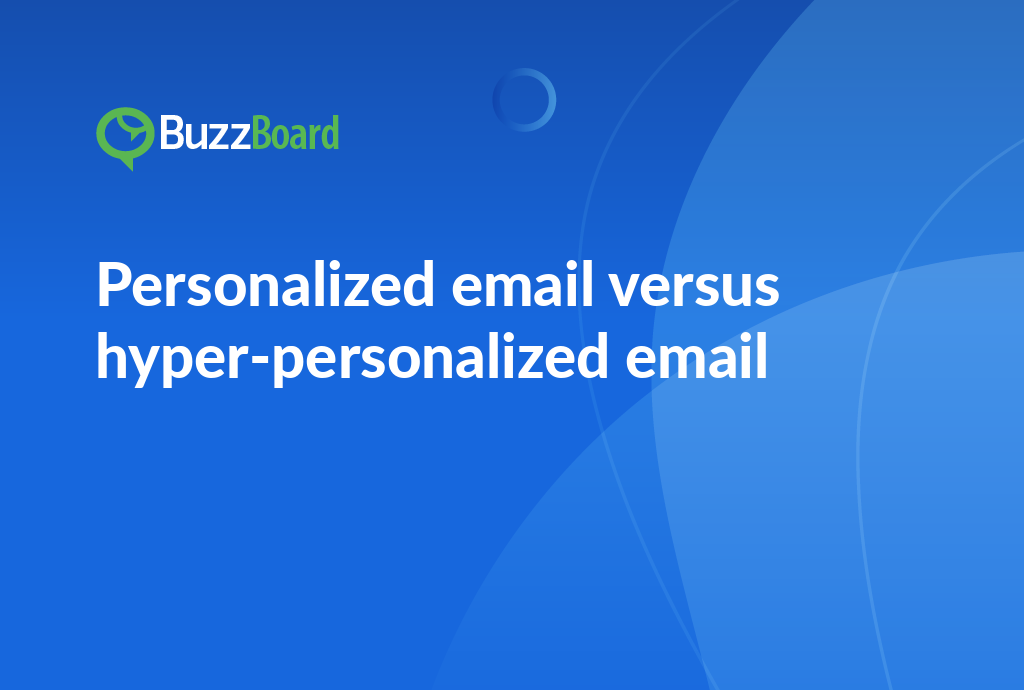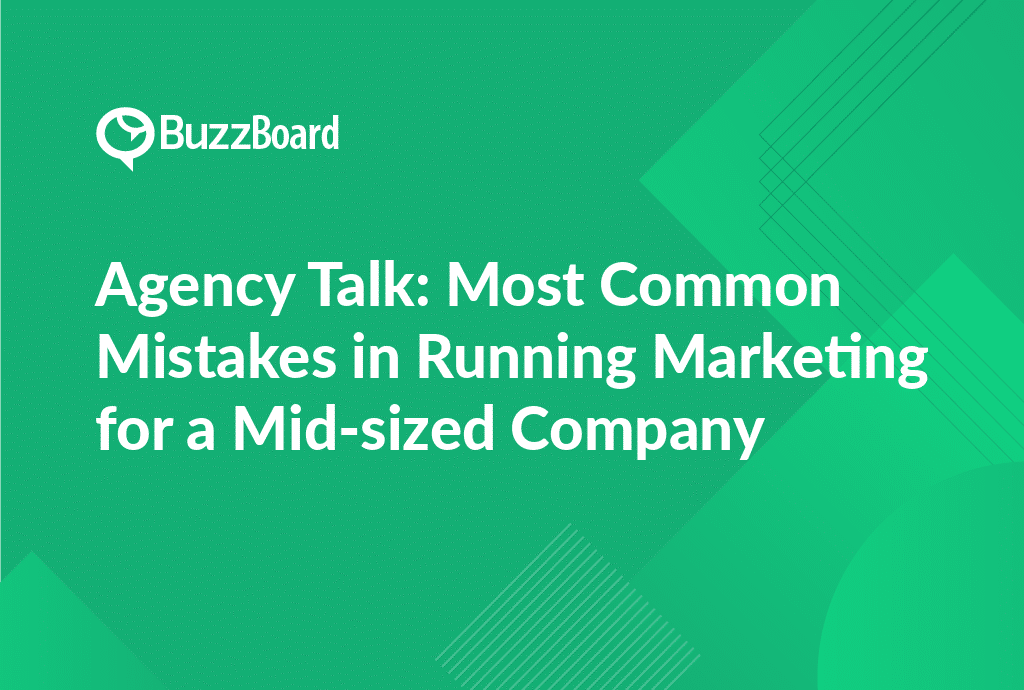What Are Essential Testing Strategies to Maximize the Effectiveness of Email Marketing to Mid-Sized Companies?
In the realm of digital marketing, understanding and applying the correct testing strategies for email marketing can pave the way to successfully securing mid-sized company clients. Among the best practices to adopt, A/B testing holds a significant position. By carefully crafting and applying A/B testing, you can determine which email headlines, content, and calls-to-action garner the best response rates from mid-sized companies.
Identifying mid-sized companies to sell to and prospecting for clients becomes more successful when using data-driven email strategies. For instance, you may send two distinct emails (versions A and B) to two groups within your target market. By comparing the engagement rates of each, you’re better armed to employ the most effective strategy across your entire database.
Another key testing strategy to consider is the ‘test and respond’ method. This involves dispatching initial emails to a smaller group of your mid-sized company prospects, observing their response, and enhancing this information before expanding it to a larger group.
When these strategies are perfectly executed, they can help captivate and secure the commitment of potential clients. It is all about understanding the needs of mid-sized companies and shaping email marketing tactics to fit their needs.
How to Leverage A/B Testing to Enhance Email Marketing Campaigns Intended for Mid-Sized Companies?
Leveraging A/B testing strategies provides a significant advantage for your email marketing campaigns, particularly when targeting mid-sized companies. A/B testing elucidates the best practices that encourage higher engagement rates and, subsequently, helps you secure mid-sized company clients.
Start with two divergent versions of an email, A and B, and test various elements such as subject lines, content, layouts, and call-to-action (CTA) placements. Monitoring opens, clicks, and conversions yields valuable data about what resonates with mid-sized companies and how best to prospect clients.
In conducting A/B testing, it’s essential to adjust only one variable between versions A and B. This one-variable-at-a-time approach aids in identifying the specific factor responsible for any changes in the response from prospects.
Incorporate the ‘test and respond’ methodology in your testing strategies. This method necessitates continuous monitoring of results, followed by modifications in line with the findings. Notably, research indicates that A/B testing augments conversion rates by up to 40%.
Finding mid-sized companies to engage requires data-driven email strategies. Establish a convention of consistently implementing A/B testing in your email marketing to create content that entertains, educates, and converts. Importantly, A/B testing isn’t a one-off approach. Regular testing and interpreting results lay the groundwork for an endlessly evolving, effective email marketing strategy.
Remember, successful A/B Testing relies on an understanding of your audience, a clear goal, and a comprehensive analysis. Visit our detailed guide to learn more about this and related topics.
Best Email Marketing Practices That Drive the Success of Campaigns Targeting Mid-Sized Company Prospects
Implementing effective email marketing practices is crucial for winning over mid-sized company clients. But the journey doesn’t end with simply launching campaigns. Discovering the right testing strategies for email marketing is equally, if not more, vital to your success rates in prospecting for clients.
One of the most influential best practices in email marketing for mid-sized company prospects is A/B testing. It allows you to experiment with different versions of your emails. You create two or more versions of an email campaign that are identical in every aspect but one. This variable could be the subject line, call-to-action, email copy, or the design. Running A/B tests helps monitor which version yields the best engagement and results. This information allows you to optimize your campaigns accordingly.
When creating your email strategies, the ‘test and respond’ principle should not be ignored. This principle guides you to observe how your prospects interact with your emails, and adjust your approach based on these insights. Whether prospects favor a specific type of subject line or react better to a certain type of content, you’ll only determine this through consistent testing and response analyses.
A significant component of email marketing, which aids in identifying mid-sized companies to sell to, is segmentation. By grouping your prospects based on characteristics like demographics or buying behaviors, you can customize your campaigns to resonate more deeply with your prospects, yielding better conversion rates.
Remember, consistent implementation of these email marketing best practices is the key to success. Continually test your strategies, adapt based on responses, and always aspire to improve.
Approaching ‘Test and Respond’ as a Key Testing Strategy in Email Marketing for Winning Mid-Sized Company Clients
In the realm of digital marketing, a well-structured email strategy can be transformative, particularly when targeting mid-size businesses. Implementing a ‘test and respond’ methodology, a significant testing approach, can escalate your chances of engaging these prospects.
‘Test and respond’ is a technique that encompasses creating diverse email marketing strategies, examining their efficiency, and enhancing them based on the feedback received. This form of A/B testing is instrumental in recognizing the best practices that align with your target audience.
When targeting mid-sized business clients, comprehending their requirements and preferences is crucial for devising an effective email strategy. This is where the ‘test and respond’ approach is beneficial. Through testing your email content, you can identify the sort of messaging that appeals to these businesses and accordingly customize your follow-up emails.
So, how does this aid in acquiring mid-sized business clients? By applying ‘test and respond’ strategies, your digital marketing agency remains dynamic and receptor to client feedback. Adapting based on this feedback conveys a clear message that you value your prospects’ perspectives, whether it’s about email format, content, or scheduling. This considerably boosts the chances of these businesses opting to partner with you.
Although the ‘test and respond’ strategy is potent, it should not be a standalone strategy. It should be included in a broader email marketing strategy that also incorporates other testing methods. However, it’s an excellent initiation point for those eager to enhance their email marketing endeavors.
Remember, ‘test and respond’ isn’t a one-off activity but a continuous improvement cycle. So, persistently test, respond, and finesse until you find the ideal blend to captivate those lucrative mid-size business clients, and keep them engaged in the long run.
Discovering and Connecting with Mid-Sized Companies to Sell to Using Effective Email Strategies
In the realm of digital marketing, it can be a daunting task to bridge the gap with mid-sized companies. How do you connect with these businesses and convince them to invest in your services? One successful approach involves leveraging the best practices of email marketing.
Email marketing can become an effective tool to win over mid-sized company clients, provided it’s done using the correct strategies. For achievement in this area, sales representatives at digital marketing agencies should consider implementing systematic A/B testing. A/B testing is an easy way to test modifications to your page against the current design and determine which one yields the best results.
Put together a testing strategy for your emails, which could include layout changes, language alterations, subject line modifications, or different graphic elements. Every detail can affect your end result. Prepare two versions of the same email (A and B), divide your email list into two parts, and send both versions to these separate groups. Based on responses, actions, and interaction levels, you can determine which email was more successful.
Another crucial element is the “test and respond” strategy. Once emails are sent, observe the responses. Analyze the open rates, click-through rates, and conversion rates, and use this data to improve your future email strategies.
However, the challenge doesn’t stop at developing an efficient email strategy. Finding mid-sized companies to sell to and prospecting for clients are of equal importance. Explore avenues like trade fairs, LinkedIn, and specialized databases to help you identify and connect with potential clients.
Practice leads to perfection. With consistent adjustments and changes in email marketing strategies based on testing outcomes, you’ll see an increase in not only your open and click-through rates but also in lead generation.








